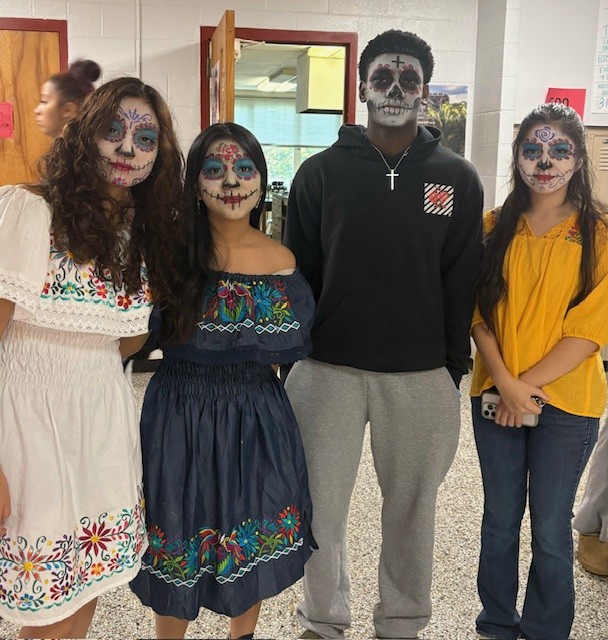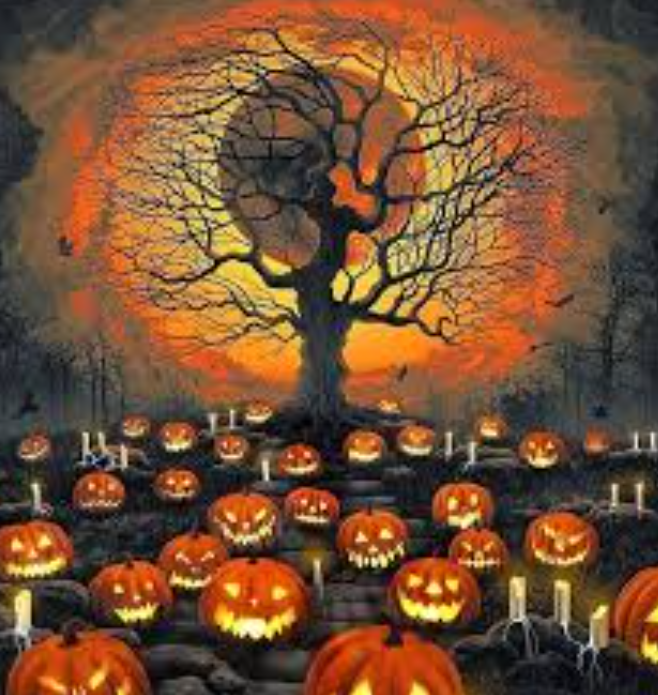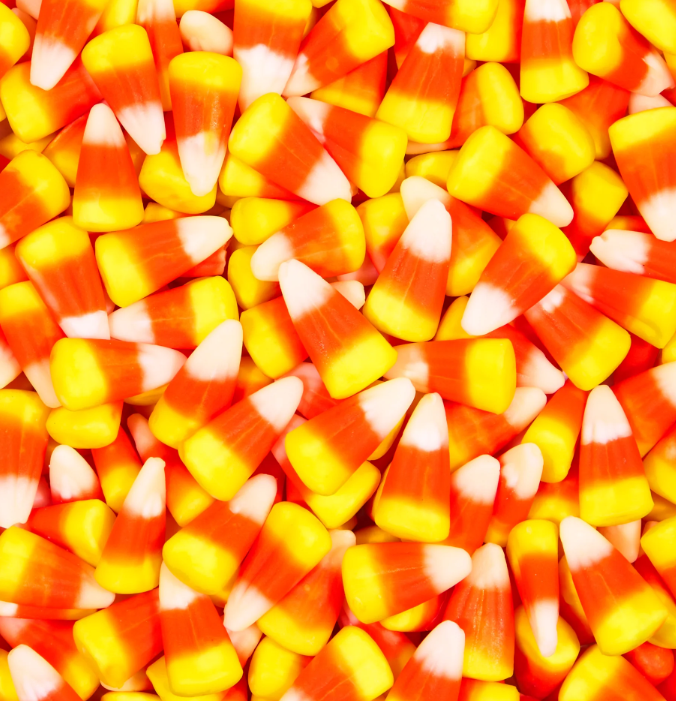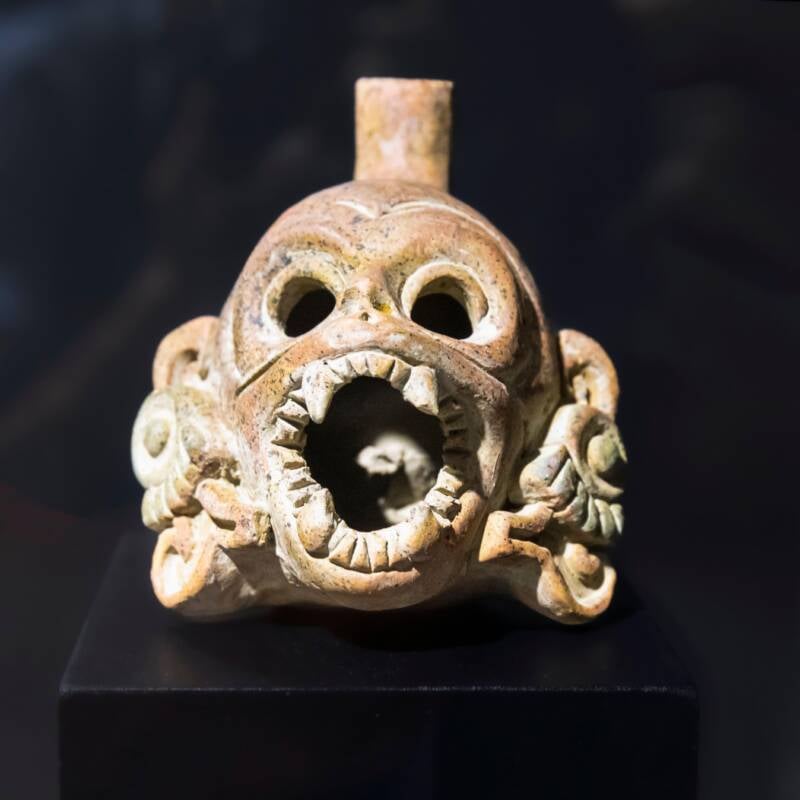The roots of the Day of the Dead, celebrated in contemporary Mexico and among those of Mexican heritage in the United States and around the world, go back some 3,000 years, to the rituals honoring the dead in Pre-Columbian Mesoamerica. The Aztecs and other Nahua people living in what is now central Mexico held a cyclical view of the universe, and saw death as an integral, ever-present part of life.
Upon dying, a person was believed to travel to Chicunamictlán, the Land of the Dead. Only after getting through nine challenging levels, a journey of several years, could the person’s soul finally reach Mictlán, the final resting place. In Nahua rituals honoring the dead, traditionally held in August, family members provided food, water and tools to aid the deceased in this difficult journey. This inspired the contemporary Day of the Dead practice in which people leave food or other offerings on their loved ones’ graves, or set them out on makeshift altars called Ofrendas in their homes. Today’s customs regarding Day of the Dead festivities have morphed over the years to become the distinct tradition it is now. Flowers, altars, food, and music are all integral parts of the holiday.
Families will gather during the night at the cemeteries (panteons), light candles, and place flowers on the burial sites of their lost loved ones. There is festive music and definitely no crying or grieving. This is a reflective and lively get-together honoring the deceased back to celebrate life and enjoy all the human things again.
fun fact: the movie Coco takes place during Dia De Los Muertos








